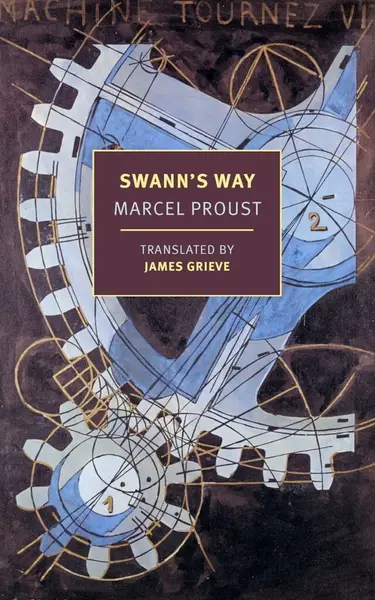Swann's Way
At the risk of invoking a Monty Pythonesque guffaw, here is a summary of Proust and specifically Swann's Way.

Swann's Way begins with the narrator's reminiscences of his childhood in the fictional town of Combray. Proust structures the narrative around the character of Charles Swann, a wealthy art collector and family friend. He introduces us to the complex world of Swann and the social circles of Combray through the narrator's memories.
The narrative delves into the narrator's fascination with Swann's love affair with Odette de Crécy, a woman of questionable reputation. Proust explores the themes of love, jealousy, and the impact of social and cultural expectations on personal relationships. Swann's obsession with Odette and the emotional turmoil it causes him serve as a lens. Through this lens, Proust examines the nature of desire and the transitory nature of human connection.
Proust writes intricate and detailed descriptions, as well as its profound introspection. He employs a stream-of-consciousness style, delving into the narrator's inner thoughts and impressions. Through his exploration of memory, Proust reveals the power of the past in shaping one's perception of the present.
It sets the stage for the epic narrative that follows in the subsequent volumes of Proust's magnum opus. Proust notes themes and motifs, which are further explored in the seven-volume series. Themes like the search for personal identity, the nature of art, and the elusive nature of time.